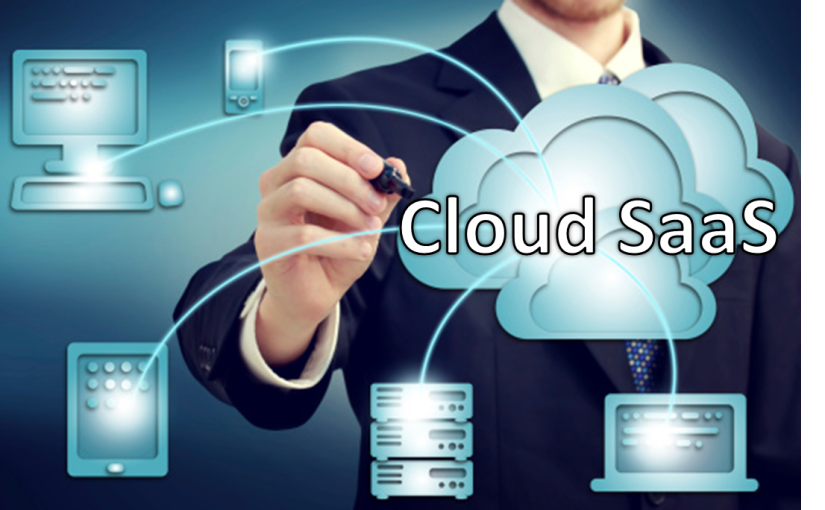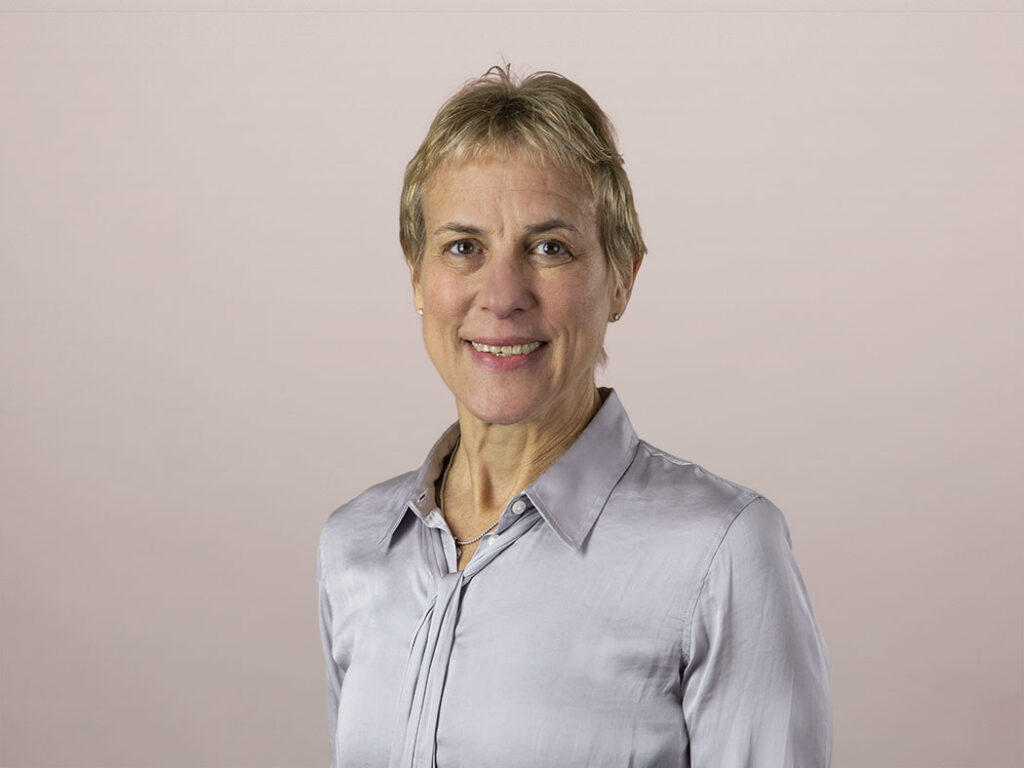Moving to a SaaS Business Model: What to Expect, Where to Focus
- Moving from an on-premise model to a software-as-a-service (SaaS) offering is increasingly common among software companies
- Product management leaders must consider several additional challenges when planning the move to a SaaS business
- Opt for a value metric that ensures your business will grow as the client grows and becomes more successful
So you’re moving your software offering from an on-premise model to a software-as-a-service (SaaS) offering? Congratulations! For offerings targeting all business sizes, SaaS is becoming table stakes. Certainly there is a great deal of work in planning the development of the offering, and in many cases, product marketing and management teams will need to understand a new buyer persona and entirely new buyer and user needs. Below are three additional challenges product management leaders must consider when planning the move to a SaaS business.

- New business model = new pricing model. Most on-premise pricing models feature one lump sum charge with 15 to 20 percent maintenance fees paid annually. Instead of just dividing the price of the perpetual license plus three years’ annual maintenance by three to figure out the subscription price, consider first what your value metric will be. The value metric is what you charge for – e.g. users, time, employee, transaction – and your choice will impact how well your business grows. Strive to choose a value metric that is easy for the buyer to understand and makes forecasting demand straightforward.
Opt for a value metric that ensures your business will grow as the client grows and becomes more successful. For example, should a video conference offering charge by number of accounts? Number of meetings? Number of attendees? These choices are critical for developing an offering package that both fits buyer needs and ensures your revenue increases as buyers become more successful.
- Retention is king. The new SaaS offering must be designed with customer retention in mind. The economics of the SaaS business assumes a high level of retention because all the costs are front-loaded, including the cost of acquiring customers. Product leaders should ensure they understand the primary value that buyers are seeking (e.g. ease of use, strong compatibility) and ensure these values are central to the offering’s development and are easy for the user to realize. Additionally, product leaders should ensure there are elements that drive usage and that buyers can easily see benefits. Customer success teams and in-app engagement tools are very helpful here. Product teams will need to stretch beyond the offering to the entire customer experience, as both will play a key role in retention. For example, SaaS product managers need to be advocates and drivers of strong customer support and customer communities, which are critical components of SaaS offering success.
- Focus on upsell and cross-sell. SaaS companies can grow and become profitable more quickly if they focus on upsell and cross-sell to their current customers in addition to new customer acquisition. When planning offering packaging, develop specific packages for a range of customer maturities so that there are upsell options when customers grow or become more mature. Notice when you have offering components that are targeted to different business processes and buying centers so they can be split off and monetized among other buying centers. Finally, offer higher levels of training and customer support for customers who have these needs and are willing to pay.
Want to learn more about how to price and package SaaS offerings to maximize your recurring-revenue business? Watch our on-demand “Pricing and Packaging Best Practices” webcast to learn more about pricing and packaging for specific buyer segments.
